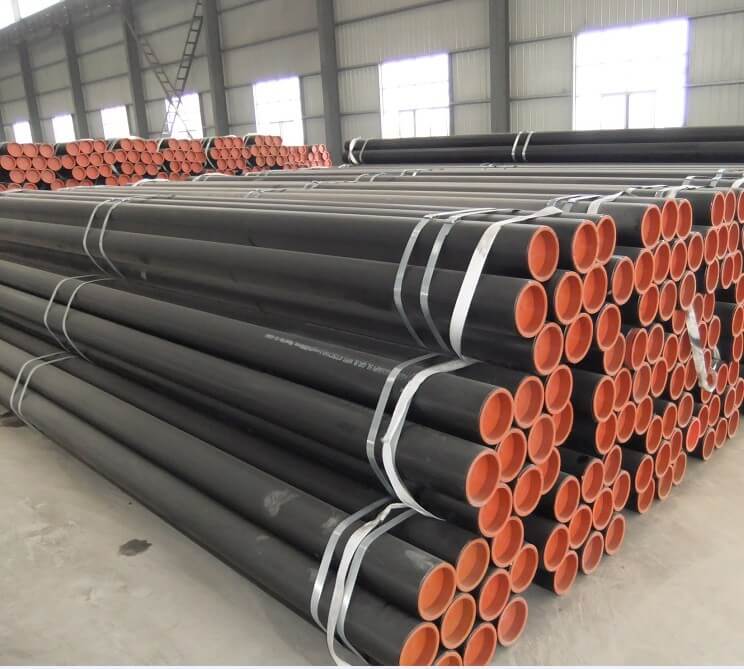-
Cangzhou Yulong Steel Co., Ltd.
-
Phone:
+86 13303177267 -
Email:
admin@ylsteelfittings.com
- English
- Arabic
- Italian
- Spanish
- Portuguese
- German
- kazakh
- Persian
- Greek
- French
- Russian
- Polish
- Thai
- Indonesian
- Vietnamese
- Zulu
- Korean
- Uzbek
- Hindi
- Serbian
- Malay
- Ukrainian
- Gujarati
- Haitian Creole
- hausa
- hawaiian
- Hebrew
- Miao
- Hungarian
- Icelandic
- igbo
- irish
- Japanese
- Javanese
- Kannada
- Khmer
- Rwandese
- Afrikaans
- Albanian
- Amharic
- Armenian
- Azerbaijani
- Basque
- Belarusian
- Bengali
- Bosnian
- Bulgarian
- Catalan
- Cebuano
- China
- China (Taiwan)
- Corsican
- Croatian
- Czech
- Danish
- Esperanto
- Estonian
- Finnish
- Frisian
- Galician
- Georgian
- Kurdish
- Kyrgyz
- Lao
- Latin
- Latvian
- Lithuanian
- Luxembourgish
- Macedonian
- Malgashi
- Malayalam
- Maltese
- Maori
- Marathi
- Mongolian
- Myanmar
- Nepali
- Norwegian
- Norwegian
- Occitan
- Pashto
- Dutch
- Punjabi
- Romanian
- Samoan
- Scottish Gaelic
- Sesotho
- Shona
- Sindhi
- Sinhala
- Slovak
- Slovenian
- Somali
- Sundanese
- Swahili
- Swedish
- Tagalog
- Tajik
- Tamil
- Tatar
- Telugu
- Turkish
- Turkmen
- Urdu
- Uighur
- Welsh
- Bantu
- Yiddish
- Yoruba

Aug . 29, 2024 01:05 Back to list
API 5L PSL2 Specification - Understanding Standards for Pipeline Quality
Understanding API 5L PSL 2 Specification A Comprehensive Overview
The API 5L specification, established by the American Petroleum Institute (API), is essential in the pipeline transportation industry, particularly for oil and natural gas. Among its various designations, PSL 2 stands out as a critical standard for the manufacture of seamless and welded steel pipes. This article delves into the nuances and significance of the API 5L PSL 2 specification, illuminating its role in enhancing safety, performance, and reliability in pipeline applications.
Understanding API 5L PSL 2 Specification A Comprehensive Overview
One of the key characteristics of API 5L PSL 2 is its emphasis on the mechanical properties of the pipes. Under this specification, pipes must undergo rigorous testing, including tensile tests, impact tests, and hardness tests, to verify their strength and durability. These tests ensure that the pipes can withstand the harsh conditions often encountered in transportation applications, including high pressures and varying temperatures. The enhanced toughness and weldability of PSL 2 pipes make them particularly suitable for challenging environments, thereby reducing the risk of failures that could lead to costly accidents or environmental damage.
api 5l psl2 specification

Moreover, API 5L PSL 2 specification mandates specific chemical composition standards, ensuring that the steel used in the pipes demonstrates optimal performance characteristics. The inclusion of alloying elements such as carbon, manganese, and chromium is carefully controlled to achieve the desired mechanical properties. This stringent control over chemical composition is crucial for maintaining consistency in pipe quality and performance, ultimately contributing to the reliability of the entire pipeline system.
Another important aspect of PSL 2 is the inclusion of additional manufacturing processes and verification methods. The specification allows for the use of various manufacturing techniques, including electric resistance welding (ERW) and submerged arc welding (SAW). Each of these processes has its advantages, making it essential to choose the right method based on project requirements. Furthermore, PSL 2 pipes undergo additional inspection and testing requirements, including non-destructive testing (NDT) methods like radiography and ultrasonic testing. These evaluations are vital in identifying potential defects that could compromise the integrity of the pipes before they are deployed in the field.
In conclusion, the API 5L PSL 2 specification plays a pivotal role in the pipeline industry, providing critical standards that ensure the safe and efficient transportation of hydrocarbons. Integrating rigorous testing, stringent chemical compositions, and advanced manufacturing techniques, PSL 2 not only enhances the performance and reliability of pipelines but also fosters confidence among stakeholders regarding infrastructure safety. As the industry continues to evolve, adhering to such specifications will remain paramount in meeting both operational and environmental challenges in pipeline construction and maintenance.
Latest news
-
ANSI 150P SS304 SO FLANGE
NewsFeb.14,2025
-
ASTM A333GR6 STEEL PIPE
NewsJan.20,2025
-
ANSI B16.5 WELDING NECK FLANGE
NewsJan.15,2026
-
ANSI B16.5 SLIP-ON FLANGE
NewsApr.19,2024
-
SABS 1123 FLANGE
NewsJan.15,2025
-
DIN86044 PLATE FLANGE
NewsApr.19,2024
-
DIN2527 BLIND FLANGE
NewsApr.12,2024
-
JIS B2311 Butt-Welding Fittings LR/SR 45°/90° /180°Seamless/Weld
NewsApr.23,2024











